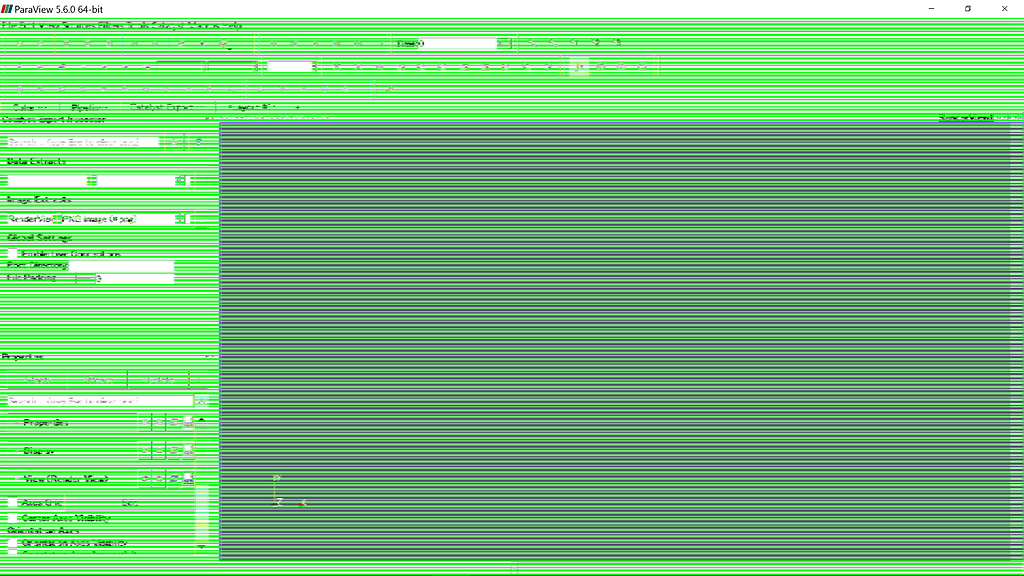

ImageMeshGeneratorGenerated mesh with the aspect ratio of a given image stack.GeneratedMeshGeneratorCreate a line, square, or cube mesh with uniformly spaced or biased elements.FileMeshGeneratorRead a mesh from a file.

FancyExtruderGeneratorExtrudes a 2D mesh into 3D, can have variable a variable height for each elevation, variable number of layers within each elevation and remap subdomain_ids within each elevation.ExtraNodesetGeneratorCreates a new node set and a new boundary made with the nodes the user provides.ElementSubdomainIDGeneratorAllows the user to assign each element the subdomain ID of their choice.ElementGeneratorGenerates individual elements given a list of nodal positions.DistributedRectilinearMeshGeneratorCreate a line, square, or cube mesh with uniformly spaced or biased elements.
Paraview image stack code#

Paraview image stack plus#
Naming convention for the new boundaries will be the old boundary name plus "_to_" plus the subdomain name. BreakMeshByBlockGeneratorBreak boundaries based on the subdomains to which their sides are attached.Naming convention for the new boundaries will be the old boundary name plus "_to_" plus the subdomain name BreakBoundaryOnSubdomainGeneratorBreak boundaries based on the subdomains to which their sides are attached.BoundingBoxNodeSetGeneratorAssigns all of the nodes either inside or outside of a bounding box to a new nodeset.
Paraview image stack generator#

AnnularMeshGeneratorFor rmin>0: creates an annular mesh of QUAD4 elements.AllSideSetsByNormalsGeneratorAdds sidesets to the entire mesh based on unique normals.(test/tests/auxkernels/solution_aux/build.i) Available Objects For additional information on the other types of Mesh objects refer to the individual object pages listed below. Mesh settings are applied with the of the input files, for example the basic input file syntax for reading a file from a mesh is shown below. Other mesh generators can work as long as they output a file format that is supported by the FileMesh object. CUBIT is useful for creating complex geometries, and can be licensed from CSimSoft for a fee depending on the type of organization and work being performed. There are two primary ways of creating a mesh for use in a MOOSE simulation: "offline generation" through a tool like CUBIT from Sandia National Laboratories, and "online generation" through programmatic interfaces.


 0 kommentar(er)
0 kommentar(er)
